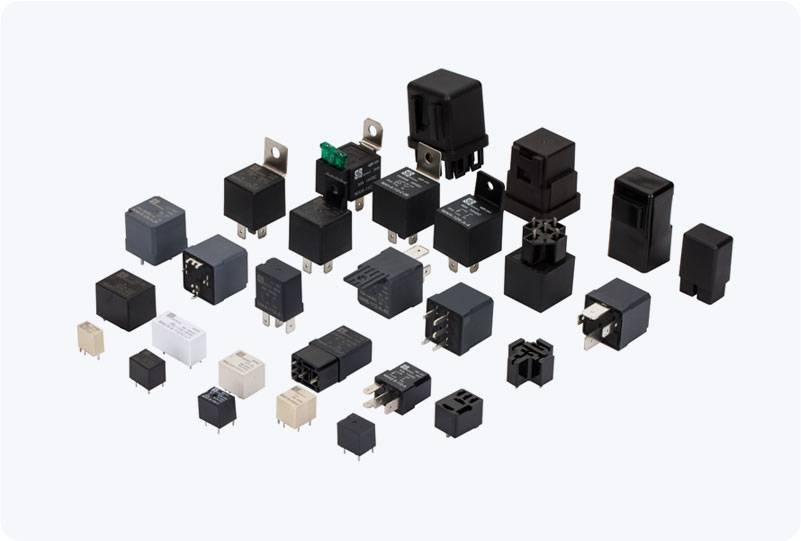是的,**ground fault relay(接地故障继电器)**是一种用于电力系统中,用于监测电气设备或电力线路中是否发生接地故障的保护装置。接地故障继电器的作用是检测设备中的接地电流,并在发生接地故障时发出警报或切断电源,以保护电气系统和人员的安全。
Release time:2025-06-30 21:33:49
工作原理:

接地故障继电器通常工作在以下几种模式:
电流监测模式:通过检测接地电流(也就是地面漏电电流)来判断电路是否出现接地故障。
电压监测模式:检测接地电压变化,发现是否有电气设备与地面连接异常。
当电流超过设定的安全阈值时,接地故障继电器会触发报警或断开电路,避免设备损坏或发生更严重的电气事故。
应用场景:
配电系统:用于保护配电系统中的设备免受接地故障的影响。
电力变电站:确保变电站设备在出现接地故障时及时切断故障部分。
电力设备:如发电机、变压器等,及时响应接地故障,避免进一步损坏。
建筑设施:大型建筑中也常常使用接地故障继电器来保障电气安全。
特点:
高灵敏度:能够检测到微小的接地故障电流。
可靠性强:保证在发生故障时快速响应。
安装简单:适合各种电气设备和系统使用。
总的来说,接地故障继电器是电气系统中的一种重要保护设备,能够有效预防接地故障引发的电气事故。
帮我写一篇关于Ground Fault Relay的800字英文原创文章,并在文章前面配上一个标题,并在标题里面包含Ground Fault Relay
Understanding Ground Fault Relay: Essential Protection for Electrical Systems
In modern electrical systems, safety is paramount to prevent costly damage and ensure the protection of both equipment and personnel. One critical device in achieving this level of safety is the Ground Fault Relay (GFR). This protective relay plays a significant role in identifying and responding to ground faults that can occur within an electrical circuit. This article will explore what a Ground Fault Relay is, how it works, its importance in various applications, and its benefits for electrical systems.

